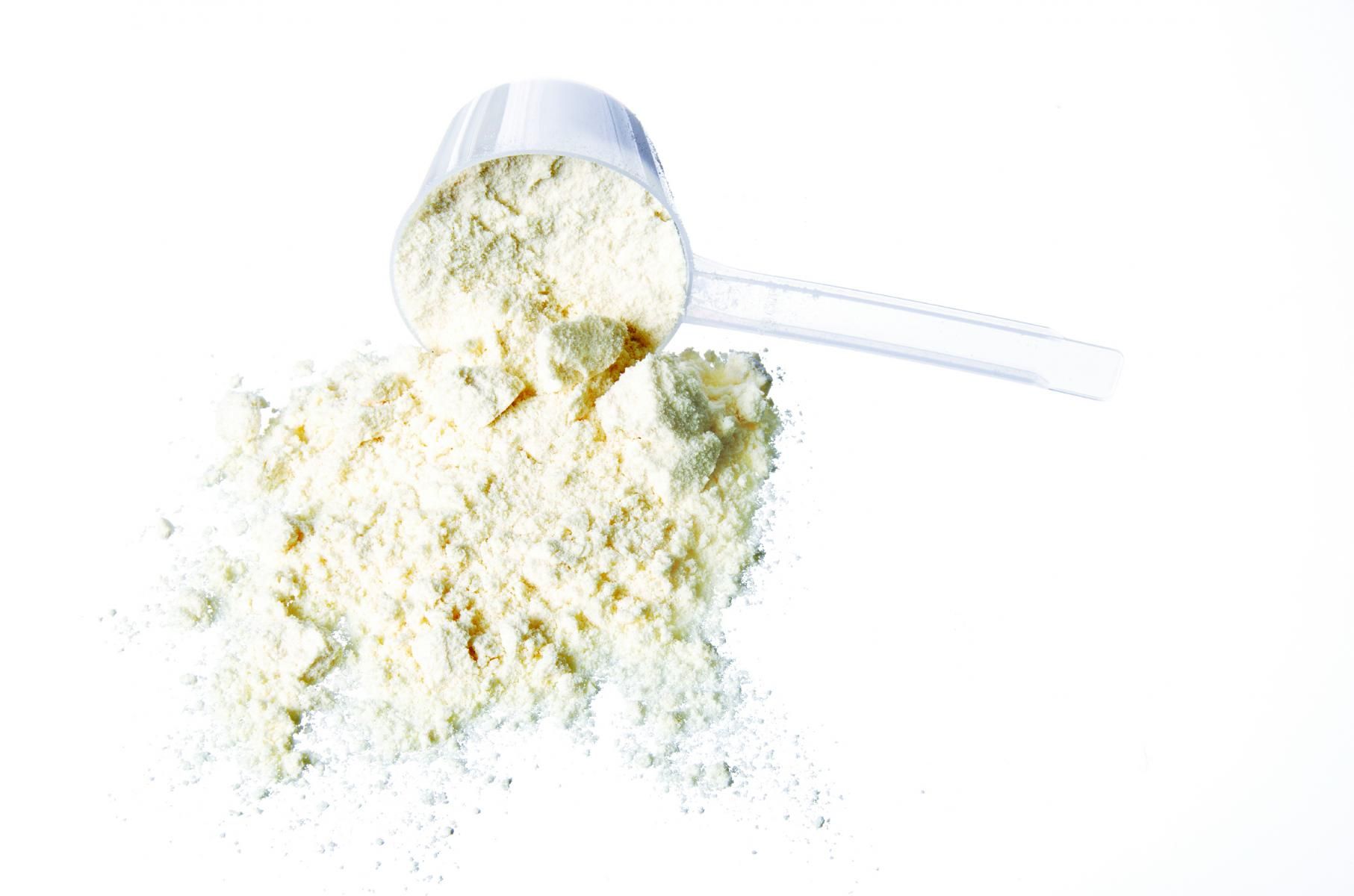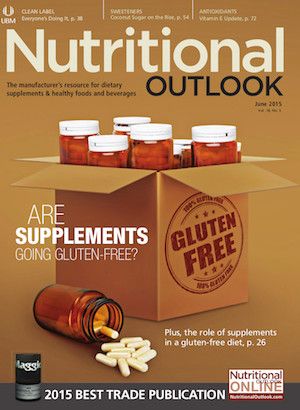Are Enzyme Dietary Supplements Safe for Celiacs?
Are enzymes derived from gluten-containing sources truly gluten-free?

Scan the shelves of any grocery store, and it quickly becomes obvious that gluten-free foods have stepped out of the specialty realm and into the commonplace. According to new data from Packaged Facts, sales of gluten-free products grew 34% annually in the years leading up to 2014, reaching $973 million in that year alone. By 2019, it is expected that total sales will reach $2.34 billion. And the audience is as wide as the product selection.
According to the National Foundation for Celiac Awareness, just 1% of Americans have celiac disease, a chronic autoimmune disease that leads to small intestine damage, an inability to absorb nutrients, and other health issues when gluten protein is consumed. But about six times that amount suffer from a gluten sensitivity-that’s 18 million Americans who test negative for celiac disease but still experience discomfort when they consume gluten. Still others have wheat allergies. And that’s not to mention the scores of trend watchers who have no physical aversion to gluten, but seek out a gluten-free diet for perceived health benefits.
Indeed, gluten is having its moment in the limelight. And since gluten intolerance, in its various forms, causes unpleasant digestive symptoms like cramping, constipation, and diarrhea, digestive enzymes are often sought for relief. Of course, a major concern for formulators and consumers, then, is ensuring that these enzyme products are also gluten-free.
The good news, according to Tony Pavel, general counsel and secretary of the Enzyme Technical Association, is that enzymes do not typically present such a challenge. “Enzyme proteins themselves do not contain a gluten constituent,” he declares.
“Enzymes are produced from microbial fermentation,” agrees Scott Ravech, CEO of Deerland Enzymes (Kennesaw, GA), “and the nutrient media used to feed these microorganisms may contain minimal amounts of protein from gluten-containing sources.” But according to Ravech, even this is rarely an issue that affects a product’s final gluten status, and for many reasons. First, he explains, the protein source used-in this case, the gluten-containing source-is generally the most expensive of the macronutrients contained in the media, so its level of use is tightly controlled-and, regardless, it is consumed by the organism during fermentation. “It is the intent of the manufacturer that these raw materials are added to the fermentation as food to be consumed by the microorganism,” adds Pavel, “and are not added as formulation ingredients of the final commercial product.” Adding them as formulation ingredients in larger quantities could, of course, compromise gluten-free status.
But even if the substrate is not gluten-free, the enzyme resulting from the overall process often is, says Ravech, because the insoluble media at the end of the process is filtered out, leaving only a very small amount post-filtration. “Following fermentation,” explains Pavel, “the enzymes are subject to recovery where they are further separated and filtered to remove the production organisms and fermentation materials/growth substrate from the final enzyme preparation.”
“It is through the combined processes of microbial consumption and digestion, separation, and filtration that any gluten-containing source’s starting material is processed such that the final enzyme product contains gluten at less than the 20 ppm threshold required to allow gluten-free labeling,” concludes Ravech. “The good news is that even many enzymes that use small amounts of gluten in the fermentation media will, in many cases, still yield a final product well below the 20 ppm level needed to claim ‘gluten-free.’”
Also read:
Are Dietary Supplements Going Gluten-Free?
Dietary Supplements Rounding Out Gluten-Free Diets
Gluten-Free Certification for Dietary Supplements
Photo © iStockphoto.com/Jason Deines




















